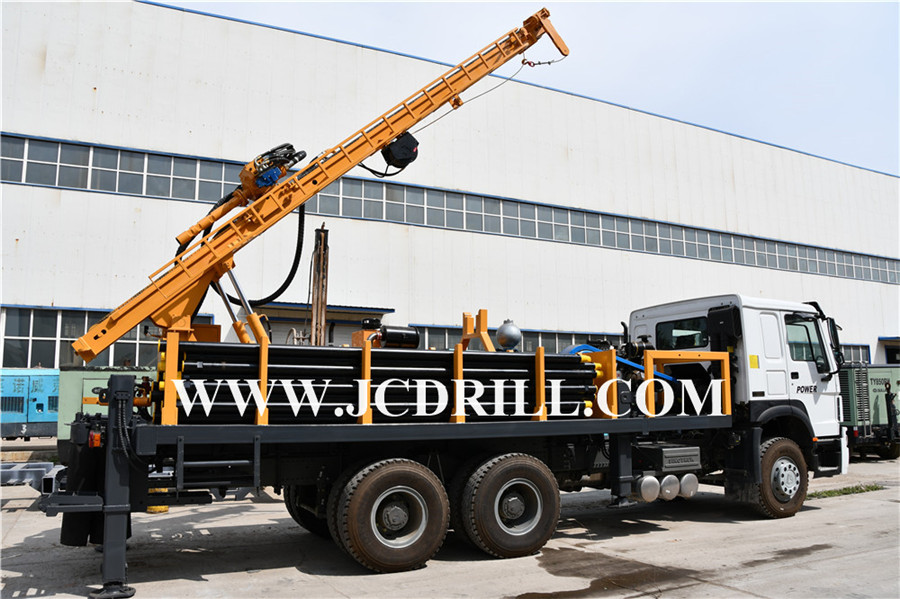Apr. 05, 21
How Does a Water Well drill rig Work?
In the nearly 10 years JCDRILL has been within the well- drilling business, we’ve found that folks often don’t believe the work and technology that goes into having a reliable source of unpolluted, great-tasting beverage. Watching a well-drilling rig in action are often pretty impressive; here’s how it works.
How does a well drill rig work?
A well drill rig may be a large piece of kit that has got to be delivered to a site by truck and put into place on the location where the well is to be dug. Drilling rigs are either rotary drillers, which bore down into the world employing a circular motion, which raises and lowers an important weight during a technique referred to as cable drilling to punch holes. A rotary drilling rig uses an assortment of bits. The foremost common types are long cable bits or interlocking steel bits-both which rotate during a clockwise direction to bore into the world and loosen the soil. Rock is carried to the surface because the bit turns. The turning bit often gets hot, so water or mud is employed to stay the drilling bits cool.
The goal of well drilling is to succeed in an aquifer or water source deep below the bottom, but that’s not where the drilling stops. To make sure the well will have ample supply, and an extended life, the well drilling company will still drill below the water level.
Installing well casings
Casings are long pipes made from steel or plastic which line the new well to stop collapse during drilling and contamination of the water below. Between the well wall and therefore the casing may be a two-inch gap called the annuls. This is often crammed with gravel and capped with cement for the last twenty feet to the surface to stop contaminants from the surface stepping into the well and ruining the water source supplying it. Casings also help protect the well from freezing in the extreme cold during the winter months.
While some well-drilling companies install the casing because it drills, others may additionally install the piping separately after the drilling is complete.
Keeping the water source clean
To prevent debris and other surface contaminants from stepping into the water system at the rock bottom of the well, filters must be installed. These filters also prevent larger particles from being drawn into the pump. Once drilling is complete, a screen is placed at the rock bottom of the well casing. Gravel, a natural filtration medium, is additionally used at the rock bottom of the well
Experience and technology
Hundreds of years ago, well drilling meant digging deep into the bottom with shovels and buckets until you hit spring water. Today there are variety of techniques and methods well-drilling contractors can employ to make sure homeowners have a reliable source of water for several years.
